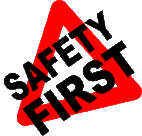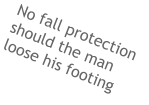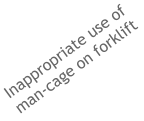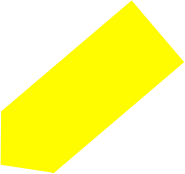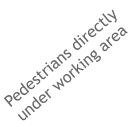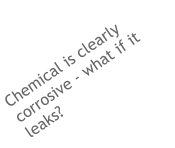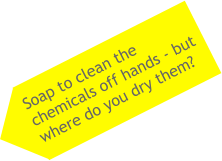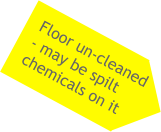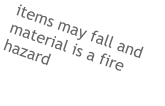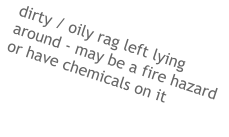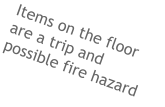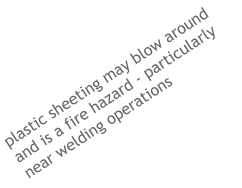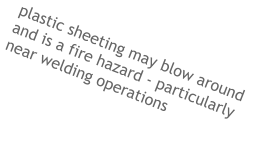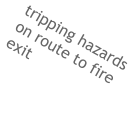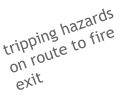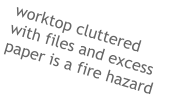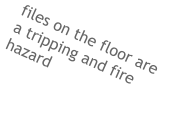The following images show a number of scenarios - use you skill and
knowledge to try to identify the hazards in each of them, and the risk
that might arise from them
When doing this bear in mind that:
• A hazard is something with the inherent potential to cause harm or injury • The risk is the likelihood of harm or injury arising from the hazard- also, how you would apply the following priorities
• if possible, avoiding the risk altogether; • where possible, deal with the risks at its source; • give priority to measures that protect the whole workplace; • wherever possible, adapting the work to the individual that is doing it; • taking advantage of technological and technical progress. Don’t forget, only use personal protective equipment to minimise risk as a last resort after all of the above priority measures have been tried. When carrying out a risk assessment, concentrate on those risks that present the greatest severity. Except where circumstances indicate to the contrary, trivial risks can be ignored, as can everyday risks associated with life in general. The time and effort spent on a risk assessment should therefore be in approximate proportion to the nature and seriousness of the risk. Assessments can be of a discreet task or activity, or may be more general in their nature. For example, an overall assessment could be made of risks arising during work in a garage, however this may then lead to more detailed assessments for specific risks which may arise, such as may arise when people are working beneath vehicles or carrying out welding work.Can you spot the potential hazards in this office?
Move your pointing device around the picture and try to identify them - there are nine signi-
ficant hazards!
Can you find the probable hazards on this building site?
Move your pointing device around the picture and try to identify them - there are six obvi-
ous hazards!
Can you identify the prospective hazards on this workplace?
Move your pointing device around the picture and try to identify them - there are eight
areas of concern in this location!
Can you pinpoint the possible hazards on this storage area?
Move your pointing device around the picture and try to identify them - there are nine po-
tential risks around this sink area!
Can you see the obvious hazards with this activity?
Working at heights is inherently dangerous, and a fall doesn't have to be from much of a height to kill or injure someone; a fall of less than 2 metres is sometimes enough. Where, as in this case, there is no alternative to working at height, then suitable work equipment should be selected. The arrangement being used here is inherently very dangerous for both the people doing the work and the public below.A mobile working platform, such as a
‘cherry picker’ that can provide both height
and reach would be more suitable and ap-
propriate, as
well as a lot
safer for
everyone.
Move your pointing device around the picture and try to identify them - there are six substantial hazards arising from this activity!

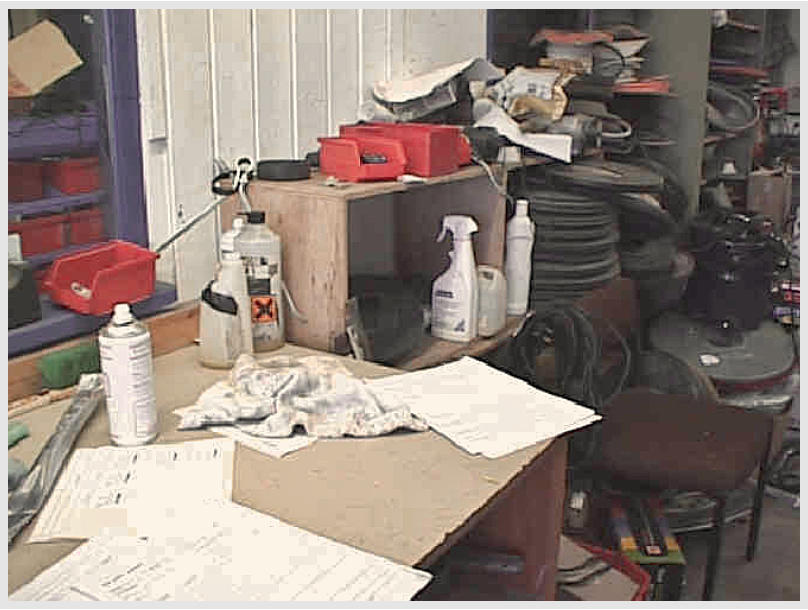
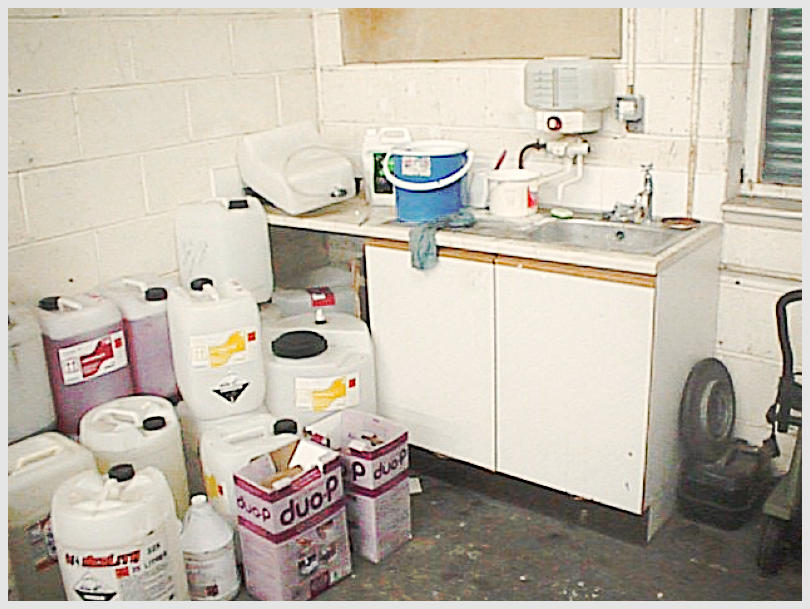





Test
yourself


